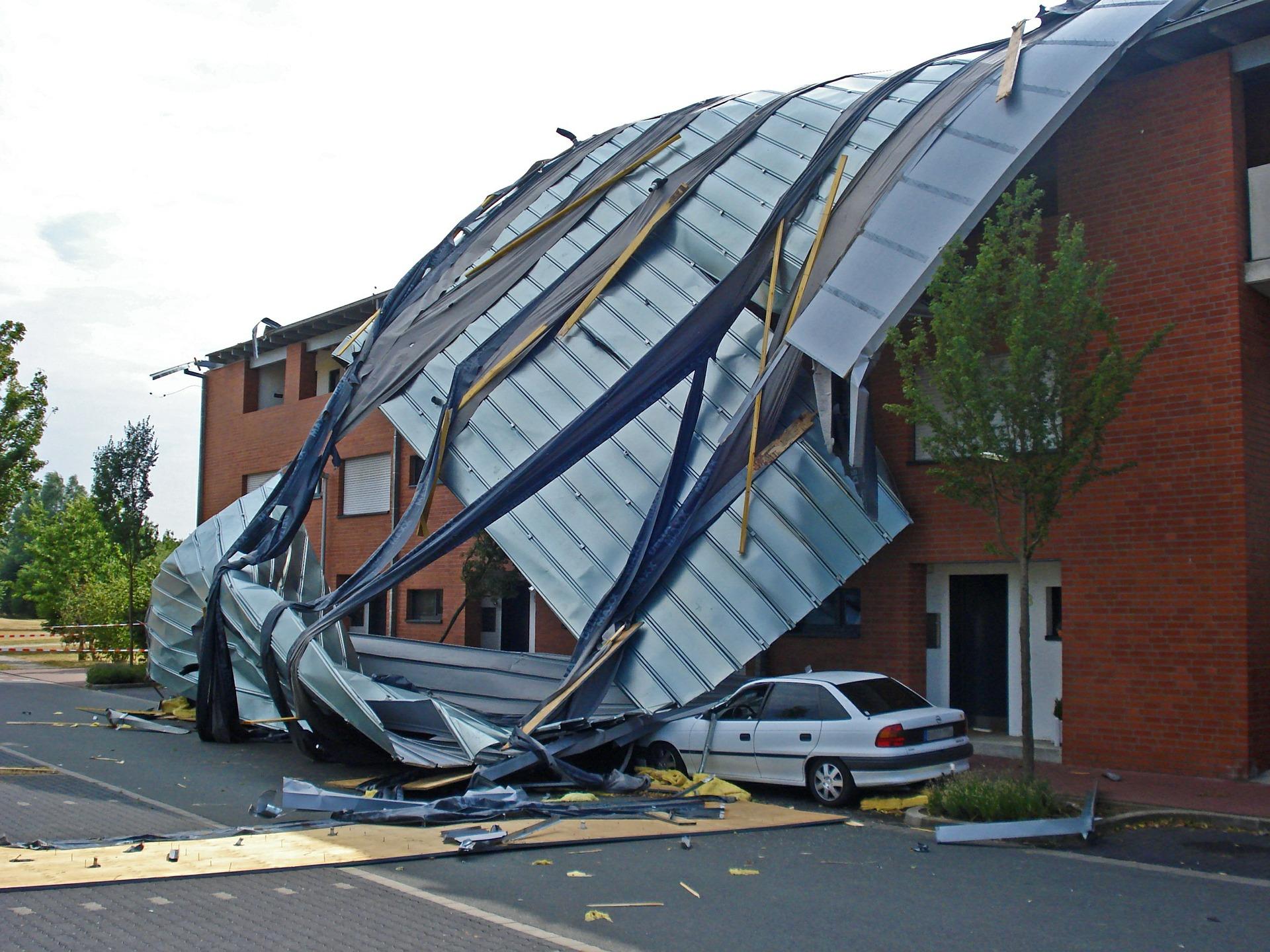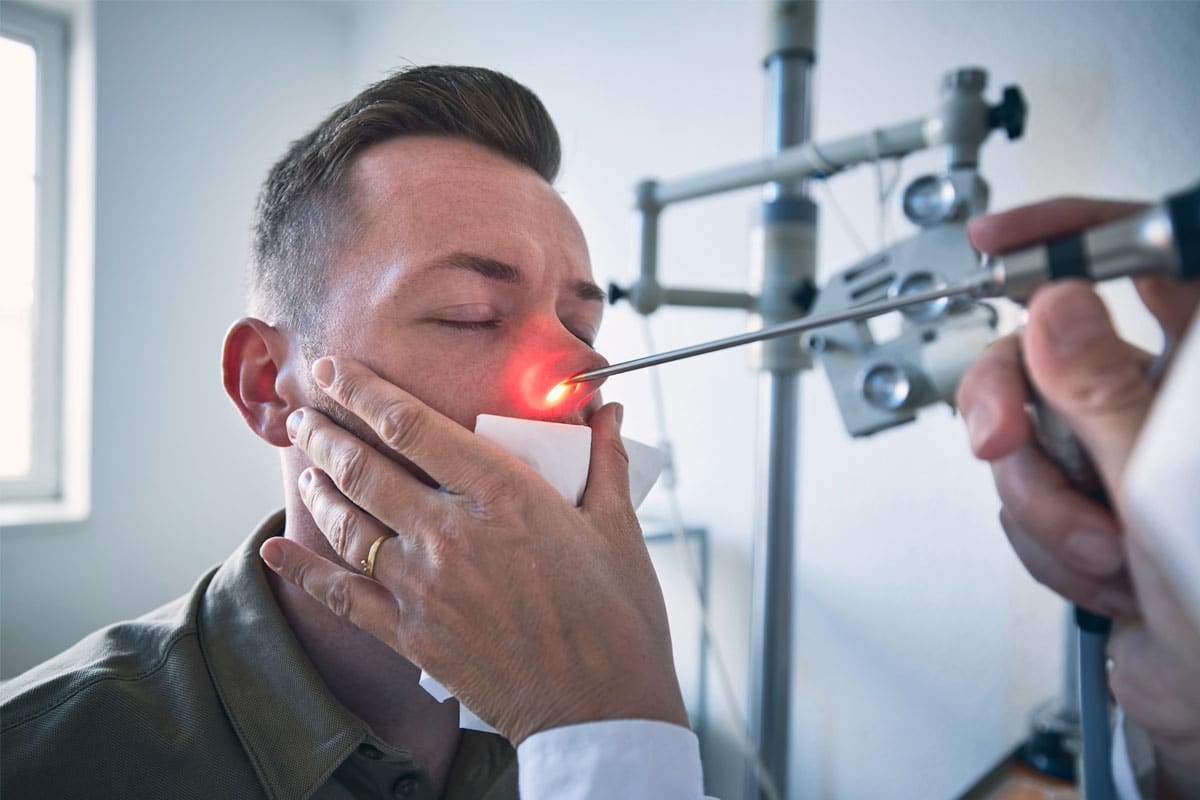When severe weather strikes, your home’s roof is often the first line of defense against the elements. Whether it’s a hurricane, tornado, hailstorm, or a severe thunderstorm, storm damage can leave your roof vulnerable and your home at risk. This guide delves into everything you need to know about storm damage roofing services, from recognizing damage and filing insurance claims to selecting the right contractor and preventative maintenance.
Storm Damage Roofing Service
Storm Damage Roofing Services refers to the destruction and harm caused by severe weather events such as hurricanes, tornadoes, thunderstorms, hailstorms, and heavy rain. This damage can affect buildings, infrastructure, vegetation, and even cause personal injuries.
Understanding Storm Damage
Storm damage to your roof can vary significantly depending on the type and intensity of the storm. Common types of storm-related roof damage include:
Wind Damage
High Winds
Storms often bring strong winds that can tear off shingles, tiles, or other roofing materials. These winds can also break windows, doors, and damage walls.
Tornadoes
Tornadoes can cause severe damage due to their extremely high wind speeds, which can demolish buildings, uproot trees, and scatter debris over wide areas.
Hurricanes
Hurricanes combine high winds with heavy rain, leading to widespread destruction. Winds can lift roofs, topple trees, and destroy weaker structures.
Water Damage
Heavy Rain
Prolonged heavy rain can lead to leaks in roofs and walls, causing water damage to interiors. This can result in stained ceilings, damaged walls, and ruined flooring.
Flooding
Severe storms can cause rivers to overflow and drainage systems to back up, leading to flooding. Floodwater can destroy homes, businesses, and infrastructure, and contaminate water supplies.
Storm Surge
In coastal areas, storms can cause a rise in sea level known as storm surge, which can flood large areas and cause extensive damage to buildings and roads.
Hail Damage
Hailstones vary in size and can cause significant damage to roofs, siding, windows, and vehicles. Large hailstones can puncture roofs, break windows, and dent cars.
Lightning Damage
Fires
Lightning strikes can ignite fires in homes and forests. The intense heat from a lightning strike can easily set flammable materials on fire.
Electrical Damage
A lightning strike can cause power surges that damage electrical systems, appliances, and electronic devices within a building.
Recognizing Storm Damage
It’s crucial to inspect your roof for damage after a storm to address any issues promptly. Here are some signs to look out for:
Missing or Damaged Shingles
Look for shingles that are cracked, curled, or missing.
Granule Loss
Check your gutters for granules, a sign that your shingles are deteriorating.
Leaks and Water Stains
Inspect your attic and ceilings for any signs of water infiltration.
Debris on the Roof
Large branches or other debris can cause punctures or dents in your roof.
Steps to Take After Storm Damage
Safety First
Ensure it’s safe to inspect your roof. Avoid climbing on the roof if there’s still a risk of falling debris or if the roof is slippery.
Document the Damage
Take clear photos and notes of any damage for insurance purposes.
Temporary Repairs
Use tarps or other temporary measures to prevent further water damage if there are leaks.
Contact Your Insurance Company
File a claim as soon as possible, providing all necessary documentation
Filing an Insurance Claim
Navigating the insurance claim process can be daunting, but it’s essential for getting your roof repaired without incurring massive out-of-pocket costs. Here are the steps to follow:
Review Your Policy
Understand what is covered under your homeowner’s insurance policy.
Report the Damage
Contact your insurance company promptly to report the storm damage.
Schedule an Adjuster Visit
An adjuster will assess the damage and estimate repair costs.
Get Estimates
Obtain repair estimates from licensed roofing contractors to compare with the adjuster’s estimate.
Complete Repairs
Once your claim is approved, proceed with the necessary repairs.
Choosing the Right Roofing Contractor
electing the right roofing contractor is crucial to ensure your roof is repaired or replaced correctly and efficiently. With numerous contractors available, it can be challenging to decide who to trust with such an important task. Here’s a comprehensive guide to help you choose the right roofing contractor for your needs:
Verify Licensing and Insurance
One of the first steps in selecting a roofing contractor is to ensure they have the proper licensing and insurance:
Licensing
Verify that the contractor holds the necessary licenses required by your state or local government. Licensing ensures that the contractor meets the required standards and regulations.
Insurance
Confirm that the contractor has both liability insurance and workers’ compensation insurance. Liability insurance protects your property in case of damage during the project, while workers’ compensation covers any injuries sustained by the workers.
Check Experience and Reputation
Experience and reputation are key indicators of a contractor’s reliability and quality of work:
Years in Business
Look for contractors with several years of experience. A well-established contractor is more likely to deliver quality work and remain available for future issues or follow-ups.
References and Reviews
Ask for references from previous clients and take the time to contact them. Check online reviews on platforms like Google, Yelp, and the Better Business Bureau to see what other customers have experienced.
Get Detailed Estimates
Obtaining detailed estimates from multiple contractors can help you compare their services and prices:
Written Estimates
Ensure that each contractor provides a written estimate outlining the scope of work, materials to be used, and labor costs. This helps prevent any misunderstandings or hidden costs later on.
Compare Quotes
Don’t automatically go for the lowest bid. Compare the quality of materials, warranties, and the contractor’s reputation alongside the price.
Ask About Warranties
Warranties are an important aspect of any roofing project:
Material Warranties
Ensure that the materials used come with a manufacturer’s warranty. This warranty should cover defects in the materials for a specified period.
Workmanship Warranties
A reputable contractor should offer a workmanship warranty, covering any installation issues. Understand the terms and duration of this warranty.
Evaluate Communication and Professionalism
Effective communication and professionalism are crucial for a smooth project:
Responsiveness
Pay attention to how quickly the contractor responds to your inquiries and how well they communicate. Prompt and clear communication is essential for addressing concerns and keeping the project on track.
Professionalism
Observe the contractor’s behavior and appearance. Professionalism can be a good indicator of how they will conduct the project and interact with you throughout the process.
The Role of Technology in Storm Damage Roofing
Advancements in technology are enhancing the efficiency and accuracy of storm damage assessments and repairs. Drones, for example, are increasingly being used for roof inspections, providing detailed aerial views without the risk of climbing onto the roof. Roofing software can streamline the estimation and claim process, ensuring accurate and timely repairs.
Conclusion
Dealing with storm damage to your roof can be stressful, but with the right knowledge and professional help from Service Pros Restoration, you can ensure your home is protected and restored quickly. By understanding the types of storm damage, recognizing signs of damage, following the proper steps after a storm, and choosing a reliable contractor, you can navigate the aftermath of a storm with confidence. Regular maintenance and embracing new technologies can further safeguard your home, ensuring your roof remains resilient against future storms.





